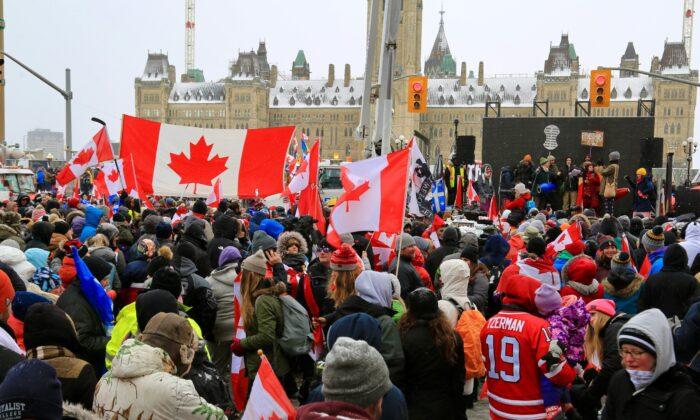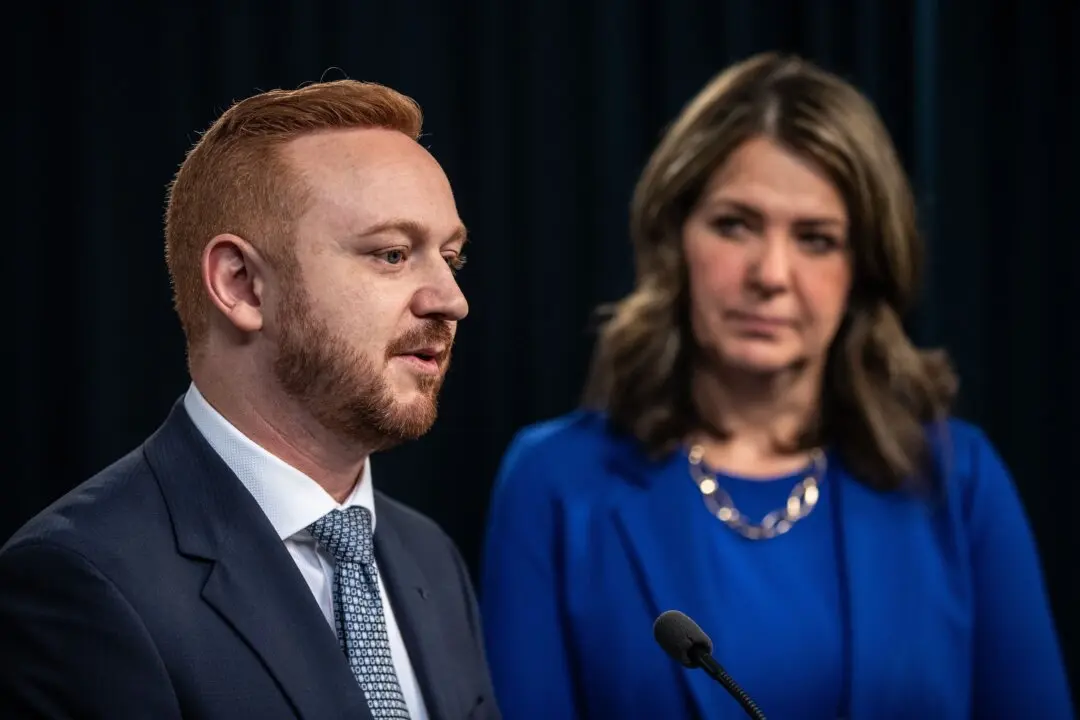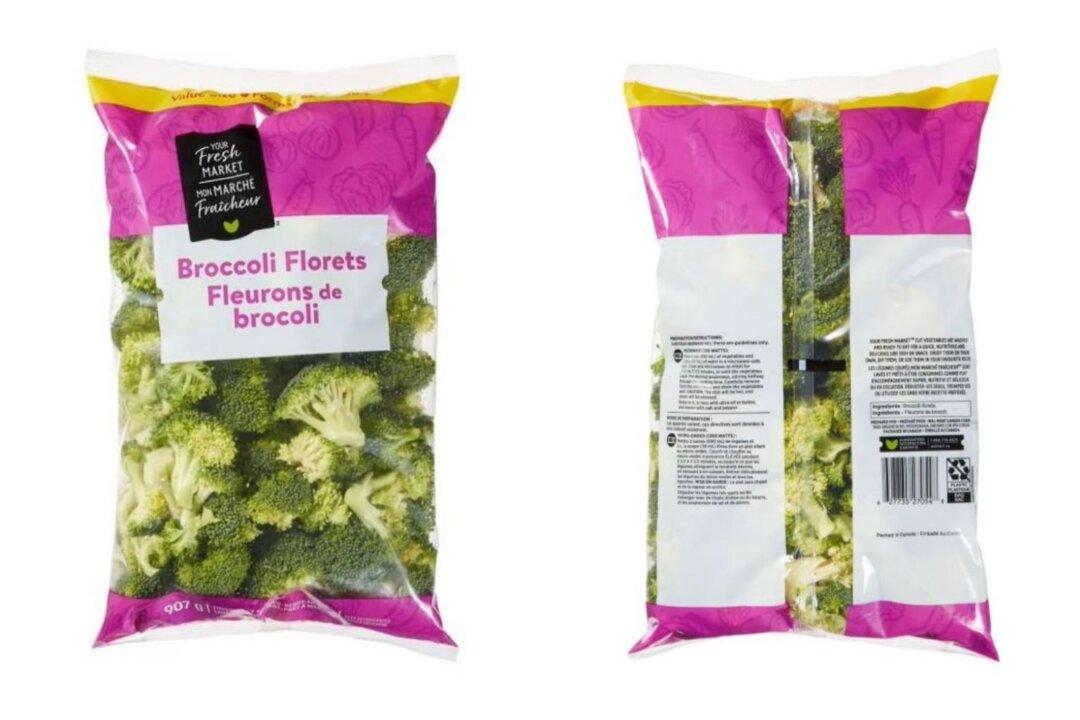When Andrew Lawton was dispatched to cover the Freedom Convoy protest in Ottawa this winter, he witnessed first-hand the discrepancy between what he observed on the ground and what was reported in the legacy media.
The journalism fellow at True North and host of The Andrew Lawton Show recently released a book about his observations titled “The Freedom Convoy: The Inside Story of Three Weeks that Shook the World.” It traces the convoy from its beginnings through to when a massive police operation was deployed to clear the protesters from downtown Ottawa.





